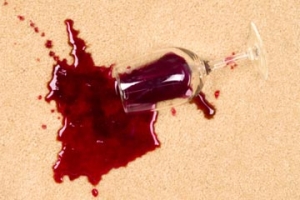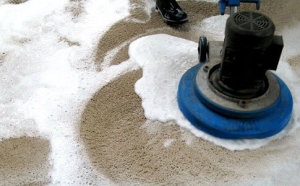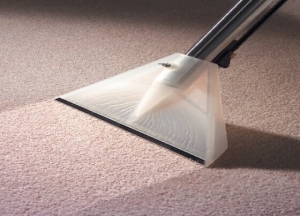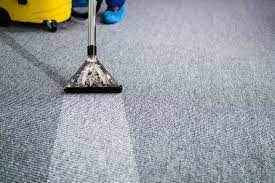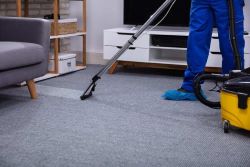The followings are valid for all types of stains:
After the emergence of the stain, solid materials need to be removed immediately using a spoon. Then a soft cloth immersed into warm water needs to be placed on it multiple times, in order to sponge up the contamination. Always use uncolored absorber, and move to the centre of the stain. If there is nothing to sponge up anymore, dry it with cold hairdryer level. If you do not manage to remove the stain, see our stain table. Always move from the side to the centre of the stain.
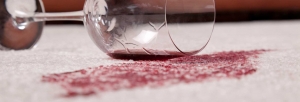
Methods
1. Let it dry, then hoover it.
2. Hoover it.
3. Hoover it, then treat it with clean, white cloth immersed into clean, warm water multiple times (rinse). Always use uncoloured absorber. In case of wool, do not scrub. Dry with the hairdryer’s cold level.
4. Treat it with clean, white cotton linen immersed into cold water. Always use uncoloured absorber. In case of wool, do not scrub. Dry with the hairdryer’s cold level.
5. Treat it with such a clean, white cloth, that you have immersed into a solution of 15 ml biological soaker, 15 ml vinegar and half litre of cold water multiple times. Then absorb it with cold water multiple times. Always use uncoloured absorber. In case of wool, do not scrub. Dry with the hairdryer’s cold level.
6. Treat it with such a clean, white cloth, that you have immersed into the solution of 15 ml mild soaker, 15 ml white vinegar and half litre of lukewarm water. Then absorb it with uncoloured absorber multiple times. In case of wool, do not scrub. Dry with the hairdryer’s cold level.
7. Treat with such a clean, white cotton cloth multiple times, that you have immersed into the solution of 15 ml biological soaker, 15 ml white vinegar and half litre of lukewarm water. Then absorb it with cold water multiple times. Always use uncoloured absorber. In case of wool, do not scrub. Dry with the hairdryer’s cold level.
8. Treat with such a clean, white cotton cloth, that you have immersed into the solution of 15 ml of mild detergent, 15 ml white vinegar, 5 ml lime juice and half litre of lukewarm water. Then absorb it with cold water and uncoloured absorber multiple times. In case of wool, do not scrub. Dry it with the hairdryer’s cold level.
9. Treat with clean, white cotton linen immersed into tetrachloroethylen multiple times. Then absorb it with cold water. Always use uncoloured absorber. Then treat with such a cotton cloth, that you have immersed into the solution of 15 ml mild detergent, 15 ml white vinegar and half litre of lukewarm water. Then absorb it with cold water and uncoloured absorber multiple times. In case of wool, do not scrub. Dry with the hairdryer’s cold level.
1O. Try to let it dry naturally, and remove it carefully. At the end, treat with such a clean, white cloth multiple times, that you have immersed into the solution of 15 ml biological soaker, 15 ml white vinegar, 5 ml lime juice and half litre of lukewarm water. Then absorb it with cold water and uncoloured absorber multiple times. In case of wool, do not scrub. Dry with the hairdryer’s cold level.
11. Treat with such a clean, white cotton cloth, that you have immersed into alcohol (found in the pharmacy) multiple times, then absorb with cold water and uncoloured absorber multiple times. Then treat with such a cloth multiple times, that you have immersed into the solution of 15 ml biologic soaker, 15 ml white vinegar and half litre of lukewarm water. Then absorb it with cold water multiple times. Then absorb it with cold water multiple times as described above. In case of wool, do not scrub. Dry with the hairdryer’s cold level.
12. First hoover it. Treat with clean, white cotton linen immersed into tetrachloroethylene. Then absorb it with such a clean, white cloth, that you have immersed into the solution of 15 ml mild detergent, 15 ml white vinegar and half litre of lukewarm water. Then absorb it with cold water multiple times. In case of wool, do not scrub. Dry with the hairdryer’s cold level.
13. Treat with clean, white cotton linen immersed into tetrachloroethylene. Then absorb it with white water multiple times. Always use uncoloured absorber. In case of wool, do not scrub.
14. Treat with clean, white cotton linen immersed into tetrachloroethylene. Then absorb it with cold water multiple times. Always use uncoloured absorber. Then absorb it with such a clean, white cotton linen, that you have immersed into the solution of 15 ml mild detergent, 15 ml white vinegar, 5 ml lime juice and half litre of lukewarm water. Then absorb it with cold water multiple times, as described above. In case of wool, do not scrub. Dry with the hairdryer’s cold level.
15. Cover with multiple layers of uncoloured textile, and iron with warm iron (the temperature depends on the material of the carpet fiber) until absorption finishes. Absorb it with cold water and uncoloured absorber. Then treat with such a clean cotton linen, that you have immersed into the solution of 13 ml vinegar and half litre of lukewarm water. Then absorb it with cold water multiple times, as described above. In case of wool, do not scrub. Dry it with the hairdryer’s cold level.
16. Cover with multiple layers of uncoloured textile, and iron with warm iron (it shall not be too hot, especially if there is cotton carpet) until absorption finishes.
17. Freeze with aerosol chewing gum remover, break it, brush, then hoover.
18. Treat with clean, white cotton linen, that you have immersed into acetone (it is flammable, so be careful with the fire).
